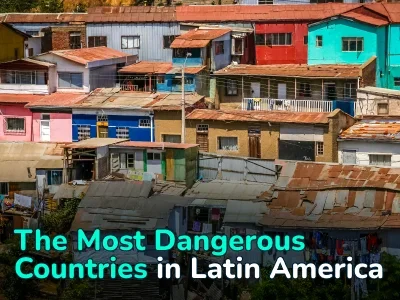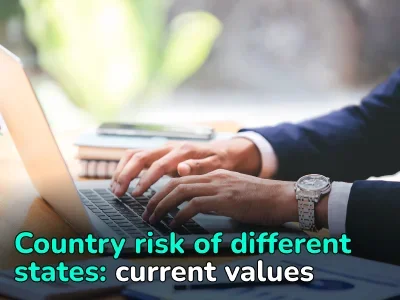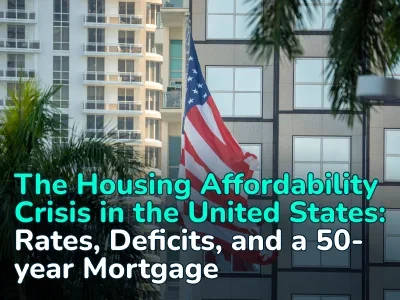
The Spanish government will support those who have taken a mortgage. What can you count on?
In Spain, the government intends to help its people with mortgage payments. This will affect more than one million households in the country.
Who can count on help?
- Households on the verge of poverty (about 300 thousand of them are in Spain), i.e. meeting the following criteria: the total annual income of such a household does not exceed 25,200 euros; more than half of this income goes to pay the mortgage; income is officially verified and received on the territory of Spain.
- Families that are at risk and may become debtors very soon, that is: the size of the total annual income of such a household does not exceed 29,400 euros; at least a third of this income goes to pay the mortgage (and it, in turn, increased during 2022 by 20%); income is officially verified and received on the territory of Spain.
What is the help?
For the first category of households: it will be possible to apply for a loan restructuring with a reduced Euribor interest rate to −0.1% — a grace period with a reduced rate will be 5 years if the mortgage costs during 2022 increased by more than 50%; and 2 years if the mortgage costs have increased by less than 50%.
For both categories: there will be no prepayment fees for the entire 2023 year, and there will be no transition fee from a floating rate to a fixed rate. In addition, it will be possible to freeze payments for one year and extend your loan term by seven years.
Mortgage in Poland, Germany, and Spain. All details on how a foreigner can buy a housing by credit
What will these measures lead to? It is assumed that the amount of payments on the mortgage will be reduced by 30-45%.
Why has the Spanish government decided to take such measures? Because so many families in Spain can not cope with mortgage payments. And this, in turn, related to rising inflation, rising interest rates and falling incomes.
Author
I am responsible for editorial work. I write expert interviews and guides.























